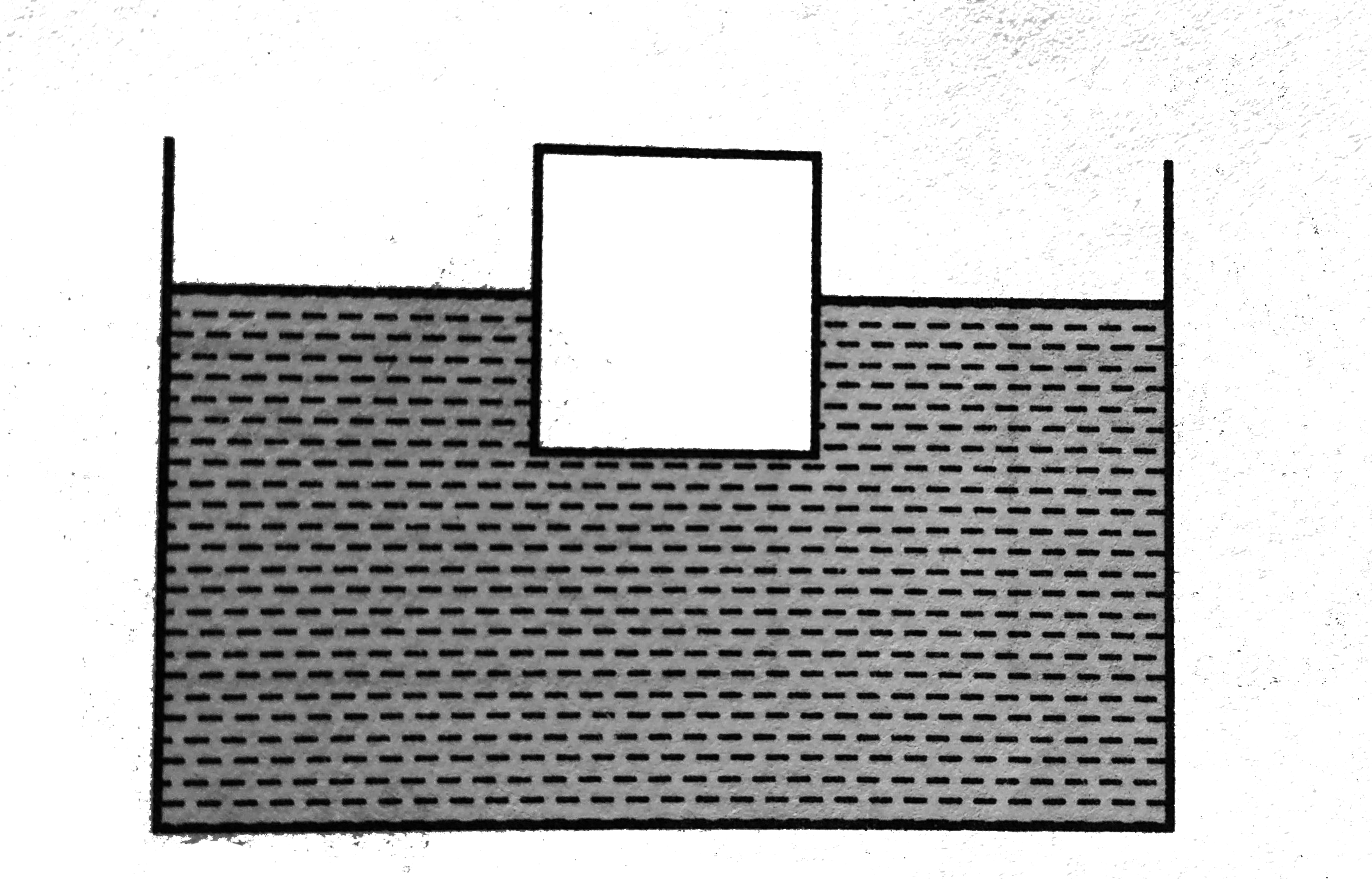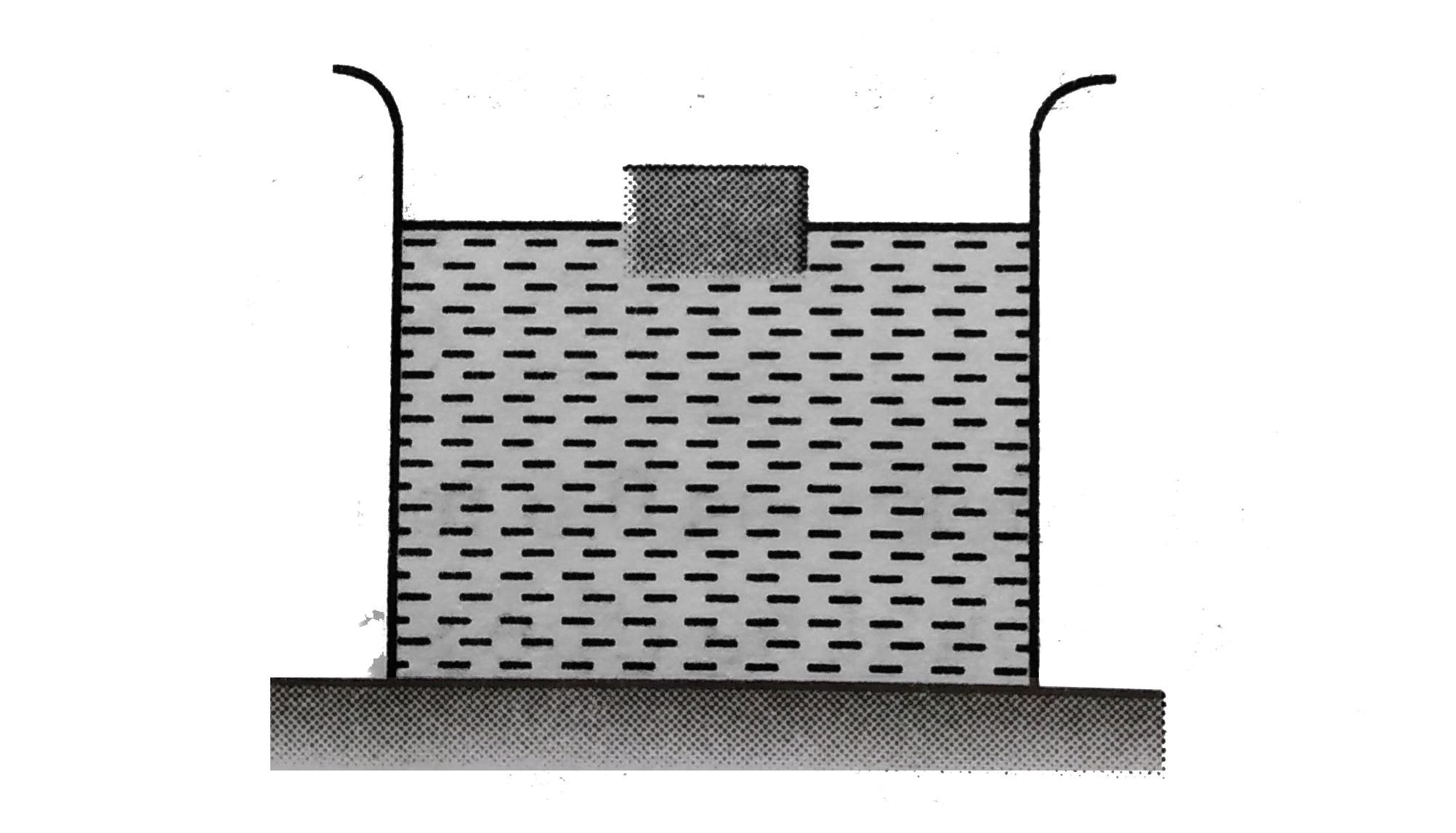A cubical block is floating in a liquid with one fourth o its volume immersed in the liquid. If whole of the system accelerates upward with acceleration g/4, the fraction of volume immersed in the liquid will be :-
Step by step video & image solution for A cubical block is floating in a liquid with one fourth o its volume immersed in the liquid. If whole of the system accelerates upward with acceleration g/4, the fraction of volume immersed in the liquid will be :- by Physics experts to help you in doubts & scoring excellent marks in Class 12 exams.
Similar Questions
A cubical block is floating in a liquid with one fourth of its volume-immersed in the liquid. If whole of the system accelerates upward with acceleration g/4, the fraction of volume immersed in the liquid will be
View SolutionA cubical block is floating in a liquid with half of its volume immersed in the liquid. When the whole system acelerates upwards with a net acceleration of g/3. The fraction of volume immersed in the liquid will be 3x Find x.
View SolutionA block of density ρ floats in a liquid with its one third volume immersed. The density of the liquid is
View SolutionA plank is floating in a liquid as shown, Fraction f of its volume is immersed. Choose the correct options
 View Solution
View SolutionA non-conductiong body floats in a liquid at 25∘C with 1/3 of its volume immersed in the liquid. When liquid temperature is increased to 105∘C, 1/2 of body's volume is immersed is the liquid. Then, find the coefficient of real expansion of the liqquid (neglecting the expansion of container of the liquid) .
View SolutionA wooden block is floating in a liquid. About 50% of its volume is inside the liquid when the vessel is stationary, Percentage volume immersed when the vessel moves upwards with acceleration a=g2 is
View SolutionA wooden block is floating in a liquid. About 50% of its volume is inside the liquid when the vessel is stationary, Percentage volume immersed when the vessel moves upwards with acceleration a=g.2 is
View SolutionA uniform cube of mass M is floating on the surface of a liquid with three fourth of its volume immersed in the liquid (density=ρ). The length of the side of the cube is equal to
 View Solution
View SolutionA uniform cube of mass M is floating on the surface of a liquid with three fourth of its volume immersed in the liquid (density of liquid is ρ). Now a cubical cavity is made inside the cube and the cavity is filled by a material having twice the density of the original cube. The minimum dimension (sides) of this cavity such that this cube is now completely immersed in the liquid is [4Mnρ]13. Find the value of n
View SolutionA block of volume V and density ρ is floating in a liquid of density 2ρ filled in a vessel. Now the vesset starts falling freely with acceleration g. Then the volume of block inside the liquid in the falling condition is
View Solution
